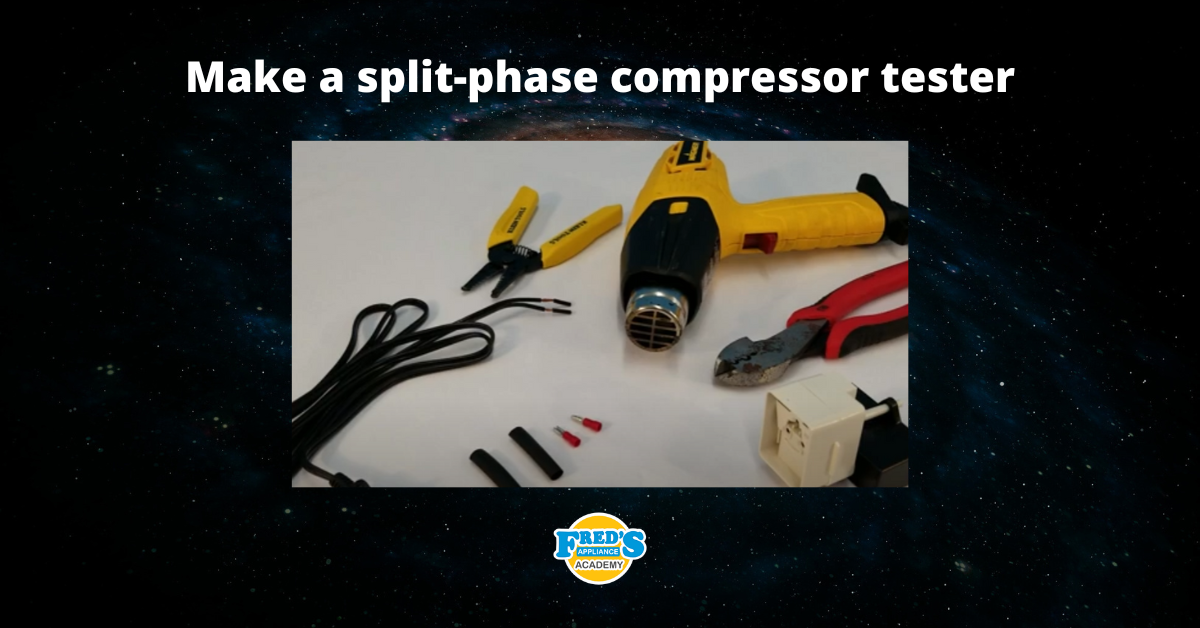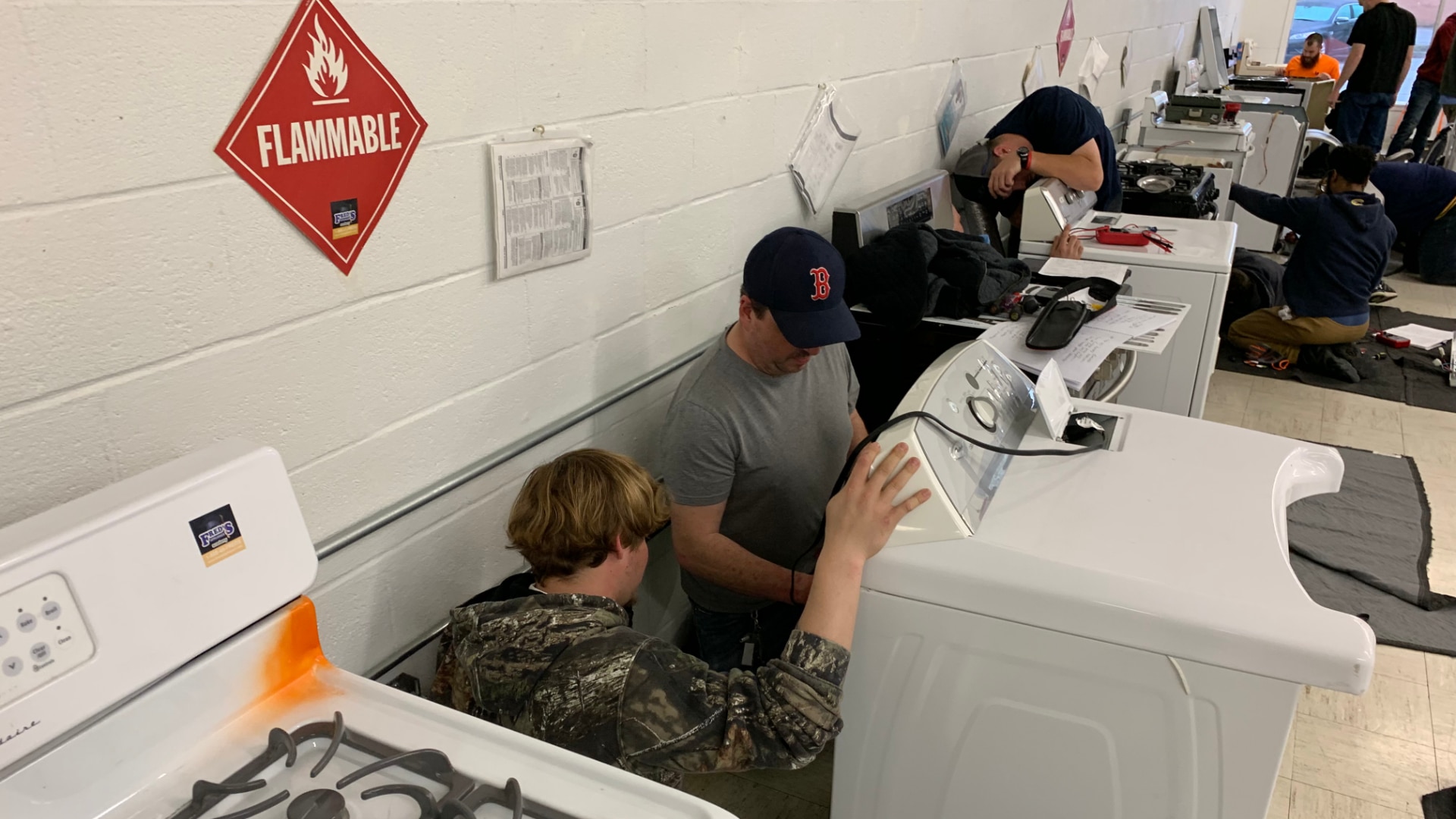
In the appliance repair business, you find yourself working with a lot of tools. Whether you’re working under dishwashers, taking apart washing machines, or braving basement furnaces, keeping a well-stocked toolkit can really matter. Appliance repair involves a lot of hands-on work with the tools and not always at convenient angles for the human hand to work with. Which is exactly why the pros have a habit of sharing their industry experience with rookies, startups, and even other pros. Today, we’re here to share a few tips learned from years of experienced wrench-wielding on the best way to work with your appliance repair tools.
Screwdrivers with Magnetic Tips are Essential to Appliance Repair
There are two kinds of screwdrivers. Those with magnetic tips and those without. It doesn’t matter if you’re working with flat, Phillips, or hex screwdrivers, it’s the magnet that does the trick. Magnetic tip screwdrivers hold onto the screw for you once you’ve lined up the slot. If you’re removing a screw from a deep channel or awkward angle, the magnet can pull the screw out and drop it neatly into your waiting hand or pocket.
And don’t even get us started on how useful magnetic screwdrivers are for setting and holding screws in place when you are putting them in. With appliance repair, in particular, losing a screw into the housing can be a disastrous setback that a simple tiny screwdriver tip magnet can prevent every time.
Always Have a Socket Wrench Set On Hand
Unless you know the make and model of every appliance you repair by heart, it’s best to have a full range of wrench sizes with you at all times. Socket wrenches by design are incredibly helpful because they save you literal hours of re-setting and twisting wrench-locked joints and bolts. But no matter how organized or disorganized you may be at home, keeping your set of socket wrench heads completely is vital to maintaining your repair toolkit.
In actuality, it’s often best to have both a socket wrench set supported by adjustable wrenches, a set of combination wrenches and a digital spanner just to have your bases fully covered and be able to work a bolt from both sides if necessary. A locking wrench can also save the day when you need three or four hands on a job and only have two.
Know Your Meters and Use Them Often
In appliance repair, meters matter. Your number one tool for testing if an appliance electrical circuit is alive or dead is your multimeter. ANd let us tell you, the quality of your multimeter and how good you are at using it can make a huge difference. Make sure to get a multimeter with a clear readout and backlight for working in dark or variably lit environments. You may also need to know when to switch out the probes or clips to best test the appliance piece you are currently working on.
Research the best meters for your work and once you choose your meters, get familiar with them. Test your own outlets and appliances to get a feel for how the readings look when you take them and how to best make a connection with the probes for easy and hard to reach circuits.
Color Coded Tape Can Save Your Life
Not all appliance circuits or home wiring jobs are clearly labeled, and that can be very dangerous. You need to know which wires are life (or would be life if the power were running, and which wires go to specific circuits at all times. The best way to do this on the fly without a dozen obsessive labels is with color-coded electrical tape.
A small strip of electrical tape can quickly mark a wire as live or dead, as part of one circuit or another, and help you keep track as you repair the device. You can also use the colors to indicate wire gauge, clip size, or to guide yourself to reassemble wires exactly the same way you took them apart. Careful labeling can not only organize your repairs, but also keep you safe from accidental electric burns, electrocution, or short-circuiting the appliance you’re working on inadvertently.
Headlamps: Don’t Leave Home Without One
Finally, a word on headlamps. If you’ve ever repaired an appliance in a bad light with a flashlight clenched between your teeth, then you know exactly how useful a headlamp can be. Likewise, if you’ve ever tried an appliance with a shaky partner trying to hold the flashlight for you at all the wrong angles. A headlamp puts the light right where you need it – shining where you are looking and where your hands need to be. Always keep a headlamp charged with spare batteries in your toolkit because you never know when you’ll find yourself in a dim laundry room, a shadowy basement, or just working at an inconvenient angle for any other source of light.
—Working with tools is a major part of the appliance repair skillset and over time, your toolkit will grow into a personal supply of your favorite and most useful tools for the job. No matter how you build your repair toolkit in the future, take our word on the magnetic screwdrivers. You’ll appreciate them on every single job where you don’t drop a screw into the housing. For more on learning appliance repair and insights into the business, contact us today!

How to test a gas range ignitor

Congrats to our graduating March 2024 class

How to test a 120 volt receptacle

Congrats to our graduating February 2024 class
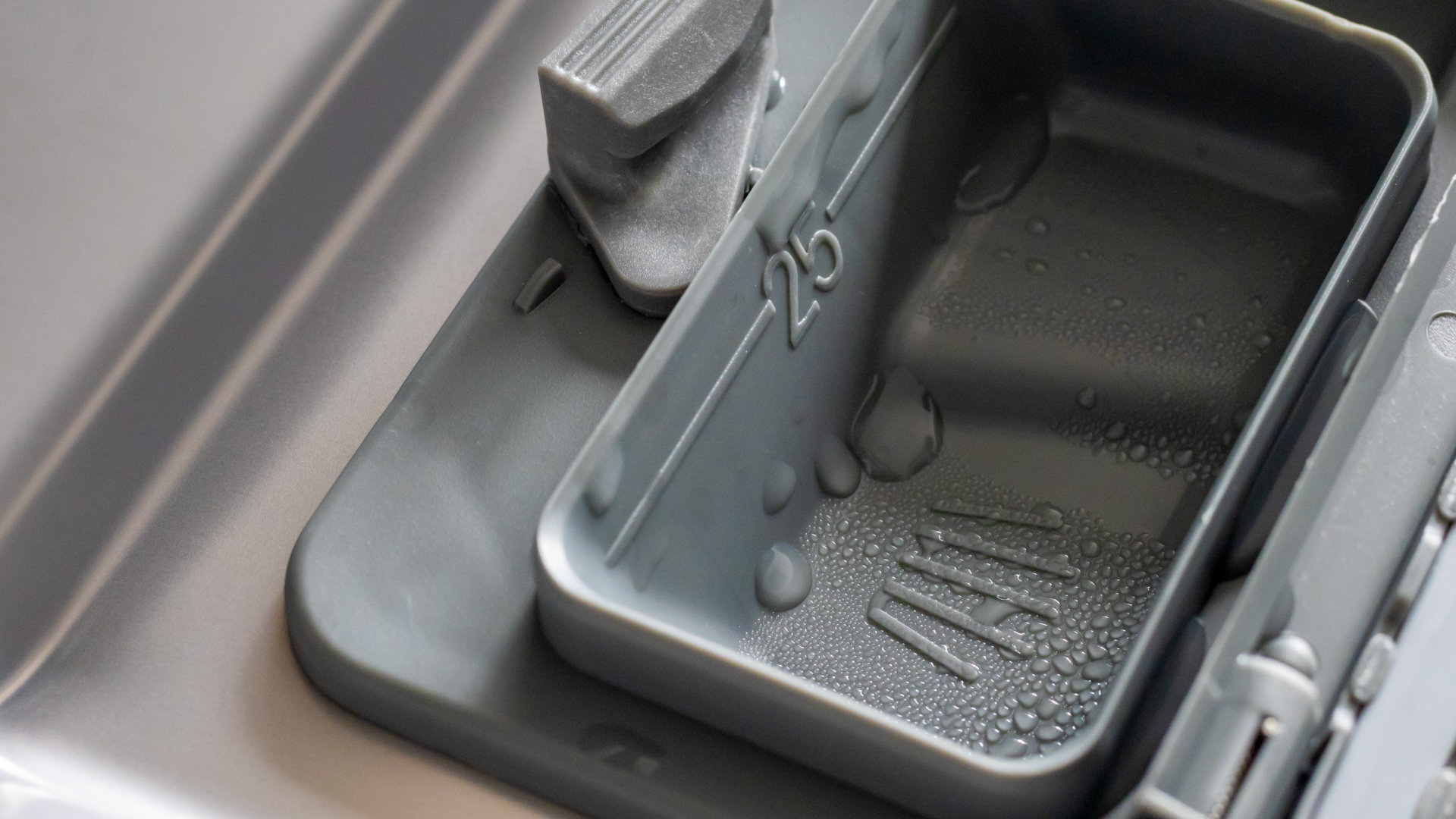
Why Is Your Dishwasher Soap Not Dissolving? (5 Easy Fixes)
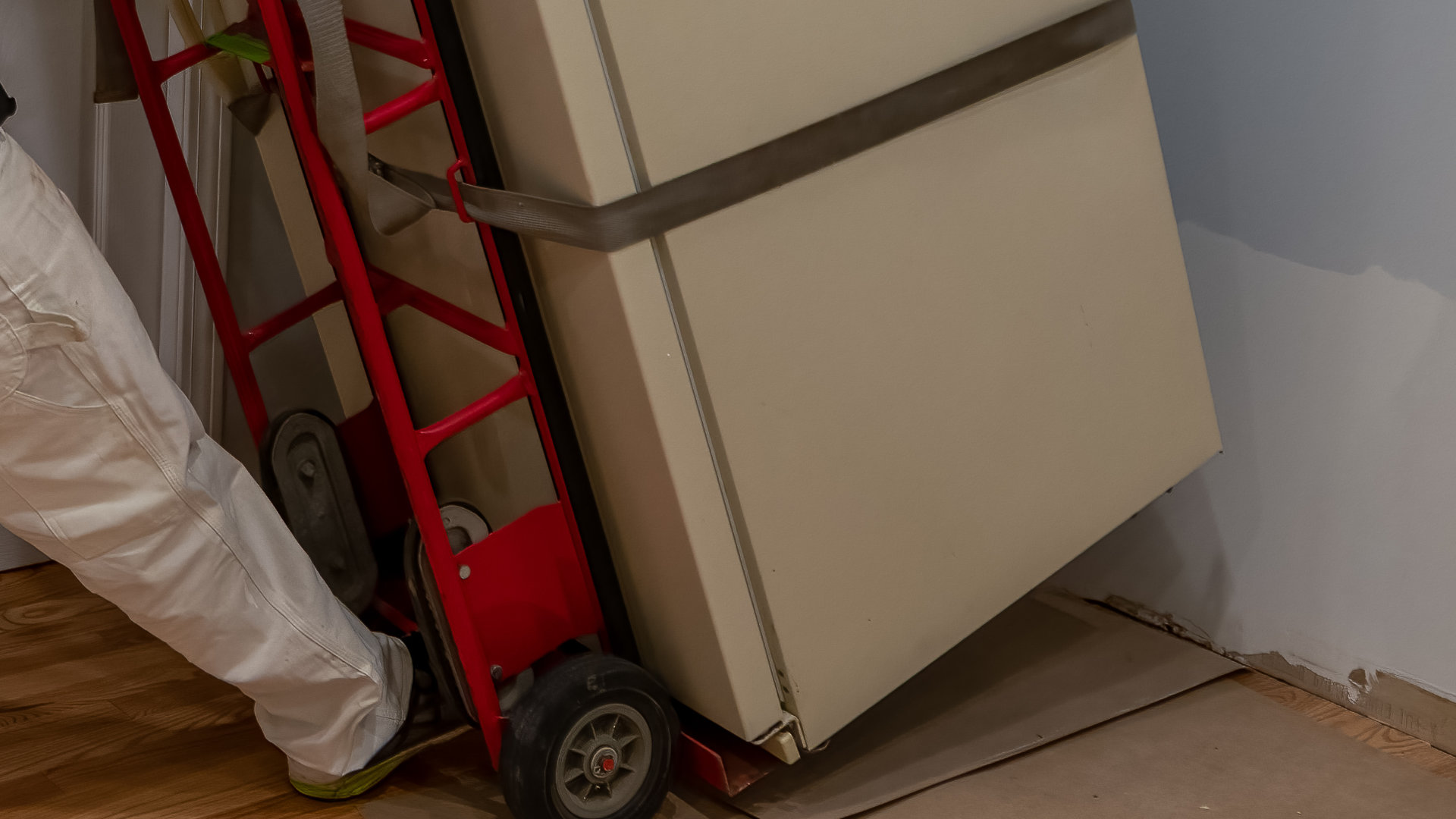
Refrigerator Dripping Water Inside? 5 Quick Fixes

Appliance Industry 2023 Q4 Results

Congrats to our graduating January 2024 class
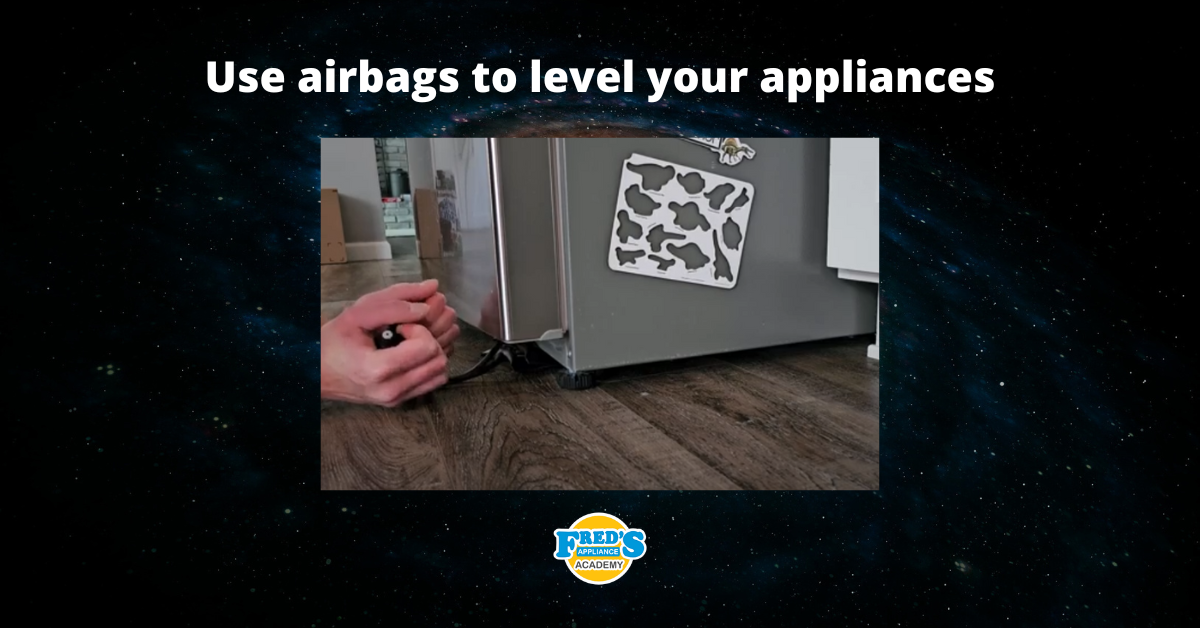
Clever ways to use airbags to level your appliances
